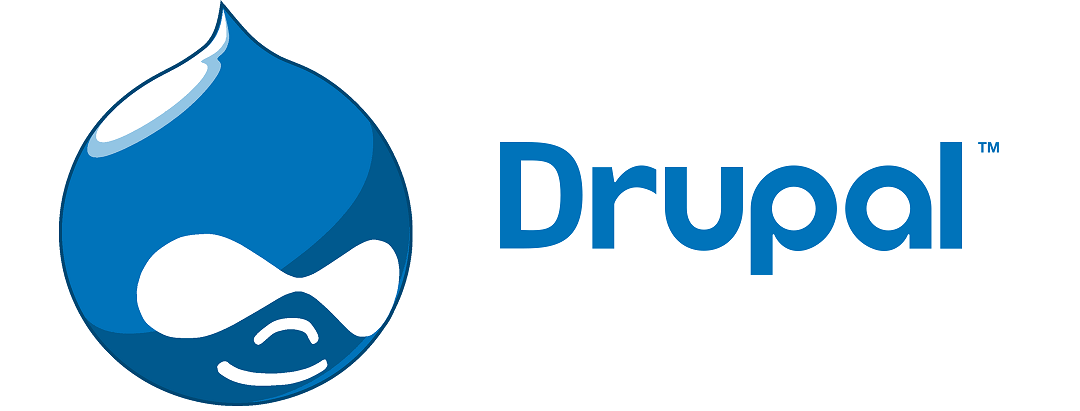SEO timelines: Learn SEO within 4 weeks
Week
Description
Author
Basic SEO
- Sign up for Search Console
- Add and verify your ownership of your site
- Read our guide to basic Search Console usage.
- Learn the basics of how Google Search works.
Advanced SEO
- How does Google know which pages not to crawl?
- Improve your crawling
- Improve your indexing
- What is a “document”?
- Serving results
- Improve your serving
- JavaScript usage
- Multi-page articles
- Infinite scroll pages
Mastering SEO
- Web pages
- User-submitted content such as Google My Business and Maps user submissions
- Book scanning
- Public databases on the internet
- Many other sources
- Search Metrices
- SEJ
- Google search central (John Mueller)
SEO timelines
How Google Search Works (for beginners)
- Index – Google stores all web pages that it knows about in its index. The index entry for each page describes the content and location (URL) of that page. To index is when Google fetches a page, reads it, and adds it to the index: Google indexed several pages on my site today.
- Crawl – The process of looking for new or updated web pages. Google discovers URLs by following links, by reading sitemaps, and by many other means. Google crawls the web, looking for new pages, then indexes them (when appropriate).
- Crawler – Automated software that crawls (fetches) pages from the web and indexes them.
- Googlebot – The generic name of Google’s crawler. Googlebot crawls the web constantly.
- SEO – Search engine optimization: the process of making your site better for search engines. Also the job title of a person who does this for a living: We just hired a new SEO to improve our presence on the web.
Google gets information from many different sources, including:
- Web pages
- User-submitted content such as Google My Business and Maps user submissions
- Book scanning
- Public databases on the internet
- Many other sources
However, this page focuses on web pages. Google follows three basic steps to generate results from web pages:
Crawling
The first step is finding out what pages exist on the web. There isn’t a central registry of all web pages, so Google must constantly search for new pages and add them to its list of known pages. Some pages are known because Google has already visited them before. Other pages are discovered when Google follows a link from a known page to a new page. Still other pages are discovered when a website owner submits a list of pages (a sitemap) for Google to crawl. If you’re using a managed web host, such as Wix or Blogger, they might tell Google to crawl any updated or new pages that you make.
To improve your site crawling:
- Verify that Google can reach the pages on your site, and that they look correct. Google accesses the web as an anonymous user (a user with no passwords or information). Google should also be able to see all the images and other elements of the page to be able to understand it correctly. You can do a quick check by typing your page URL in the Mobile-Friendly Test.
- If you’ve created or updated a single page, you can submit an individual URL to Google. To tell Google about many new or updated pages at once, use a sitemap.
- If you ask Google to crawl only one page, make it your home page. Your home page is the most important page on your site, as far as Google is concerned. To encourage a complete site crawl, be sure that your home page (and all pages) contain a good site navigation system that links to all the important sections and pages on your site; this helps users (and Google) find their way around your site. For smaller sites (less than 1,000 pages), making Google aware of only your homepage is all you need, provided that Google can reach all your other pages by following a path of links that start from your homepage.
- Get your page linked to by another page that Google already knows about. However, be warned that links in advertisements, links that you pay for in other sites, links in comments, or other links that don’t follow the Google Webmaster Guidelines won’t be followed by Google.
Indexing
After a page is discovered, Google tries to understand what the page is about. This process is called indexing. Google analyzes the content of the page, catalogs images and video files embedded on the page, and otherwise tries to understand the page. This information is stored in the Google index, a huge database stored in many, many (many!) computers.
To improve your page indexing:
- Create short, meaningful page titles.
- Use page headings that convey the subject of the page.
- Use text rather than images to convey content. Google can understand some image and video, but not as well as it can understand text. At minimum, annotate your video and images with alt text and other attributes as appropriate.
Serving (and ranking)
When a user types a query, Google tries to find the most relevant answer from its index based on many factors. Google tries to determine the highest quality answers, and factor in other considerations that will provide the best user experience and most appropriate answer, by considering things such as the user’s location, language, and device (desktop or phone). For example, searching for “bicycle repair shops” would show different answers to a user in Paris than it would to a user in Hong Kong. Google doesn’t accept payment to rank pages higher, and ranking is done programmatically.
To improve your serving and ranking:
- Make your page fast to load, and mobile-friendly.
- Put useful content on your page and keep it up to date.
- Follow the Google Webmaster Guidelines, which help ensure a good user experience.
- Read more tips and best practices in our SEO starter guide.
- You can find more information here, including the guidelines that we provide to our quality raters to ensure that we’re providing good results.
Your content goes here. Edit or remove this text inline or in the module Content settings. You can also style every aspect of this content in the module Design settings and even apply custom CSS to this text in the module Advanced settings.
Your content goes here. Edit or remove this text inline or in the module Content settings. You can also style every aspect of this content in the module Design settings and even apply custom CSS to this text in the module Advanced settings.
Your content goes here. Edit or remove this text inline or in the module Content settings. You can also style every aspect of this content in the module Design settings and even apply custom CSS to this text in the module Advanced settings.
Your content goes here. Edit or remove this text inline or in the module Content settings. You can also style every aspect of this content in the module Design settings and even apply custom CSS to this text in the module Advanced settings.
Your content goes here. Edit or remove this text inline or in the module Content settings. You can also style every aspect of this content in the module Design settings and even apply custom CSS to this text in the module Advanced settings.
Your content goes here. Edit or remove this text inline or in the module Content settings. You can also style every aspect of this content in the module Design settings and even apply custom CSS to this text in the module Advanced settings.
Your content goes here. Edit or remove this text inline or in the module Content settings. You can also style every aspect of this content in the module Design settings and even apply custom CSS to this text in the module Advanced settings.
Your content goes here. Edit or remove this text inline or in the module Content settings. You can also style every aspect of this content in the module Design settings and even apply custom CSS to this text in the module Advanced settings.
Your content goes here. Edit or remove this text inline or in the module Content settings. You can also style every aspect of this content in the module Design settings and even apply custom CSS to this text in the module Advanced settings.
SEO by Industry
SEO for Ecommerce
Author
Basic SEO
How Google Search Works (for beginners)
- Web pages
- User-submitted content such as Google My Business and Maps user submissions
- Book scanning
- Public databases on the internet
- Many other sources
SEO for healthcare
Author
Basic SEO
How Google Search Works (for beginners)
SEO for local business
Author
Basic SEO
How Google Search Works (for beginners)
- Web pages
- User-submitted content such as Google My Business and Maps user submissions
- Book scanning
- Public databases on the internet
- Many other sources
SEO for International business
Author
Basic SEO
How Google Search Works (for beginners)
- Web pages
- User-submitted content such as Google My Business and Maps user submissions
- Book scanning
- Public databases on the internet
- Many other sources
SEO for lead generation
Author
Basic SEO
How Google Search Works (for beginners)
How Google Search Works (for beginners)
- Web pages
- User-submitted content such as Google My Business and Maps user submissions
- Book scanning
- Public databases on the internet
- Many other sources
SEO for travel website
Author
Basic SEO
How Google Search Works (for beginners)
- Web pages
- User-submitted content such as Google My Business and Maps user submissions
- Book scanning
- Public databases on the internet
- Many other sources
SEO by CMS
SEO for WordPress
Plugins
Guides
Author

- Yoast Plugin
- W3 Total Cache
- Sucuri Security
- a3 Lazy Load
- Smush
- AMP for WP
Ahref
Search Engine Land
HubSpot
Yoast
SEO for Shopify
Author

How Google Search Works (for beginners)
- Web pages
- User-submitted content such as Google My Business and Maps user submissions
- Book scanning
- Public databases on the internet
- Many other sources
SEO for Drupal
Author

How Google Search Works (for beginners)
- Web pages
- User-submitted content such as Google My Business and Maps user submissions
- Book scanning
- Public databases on the internet
- Many other sources
